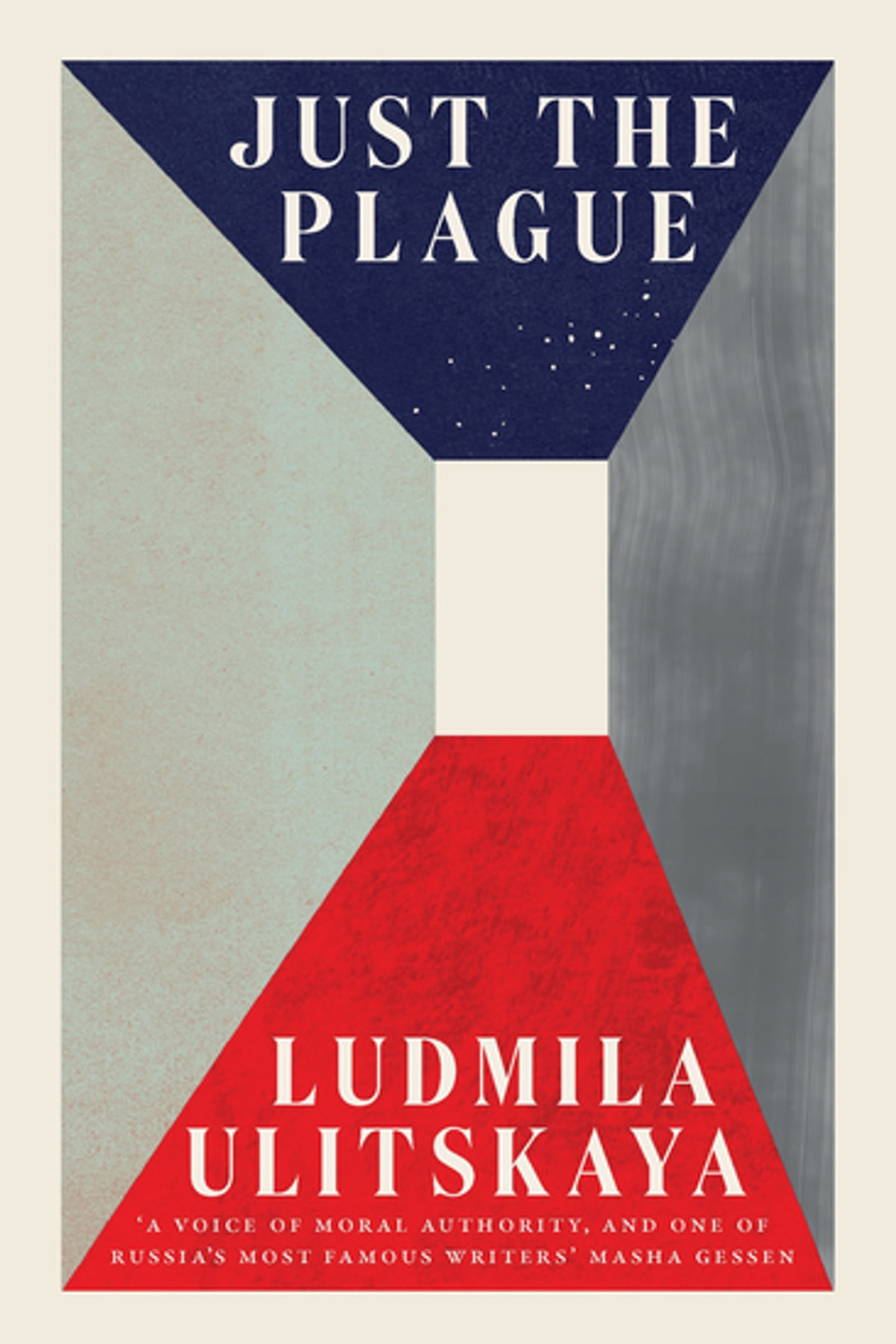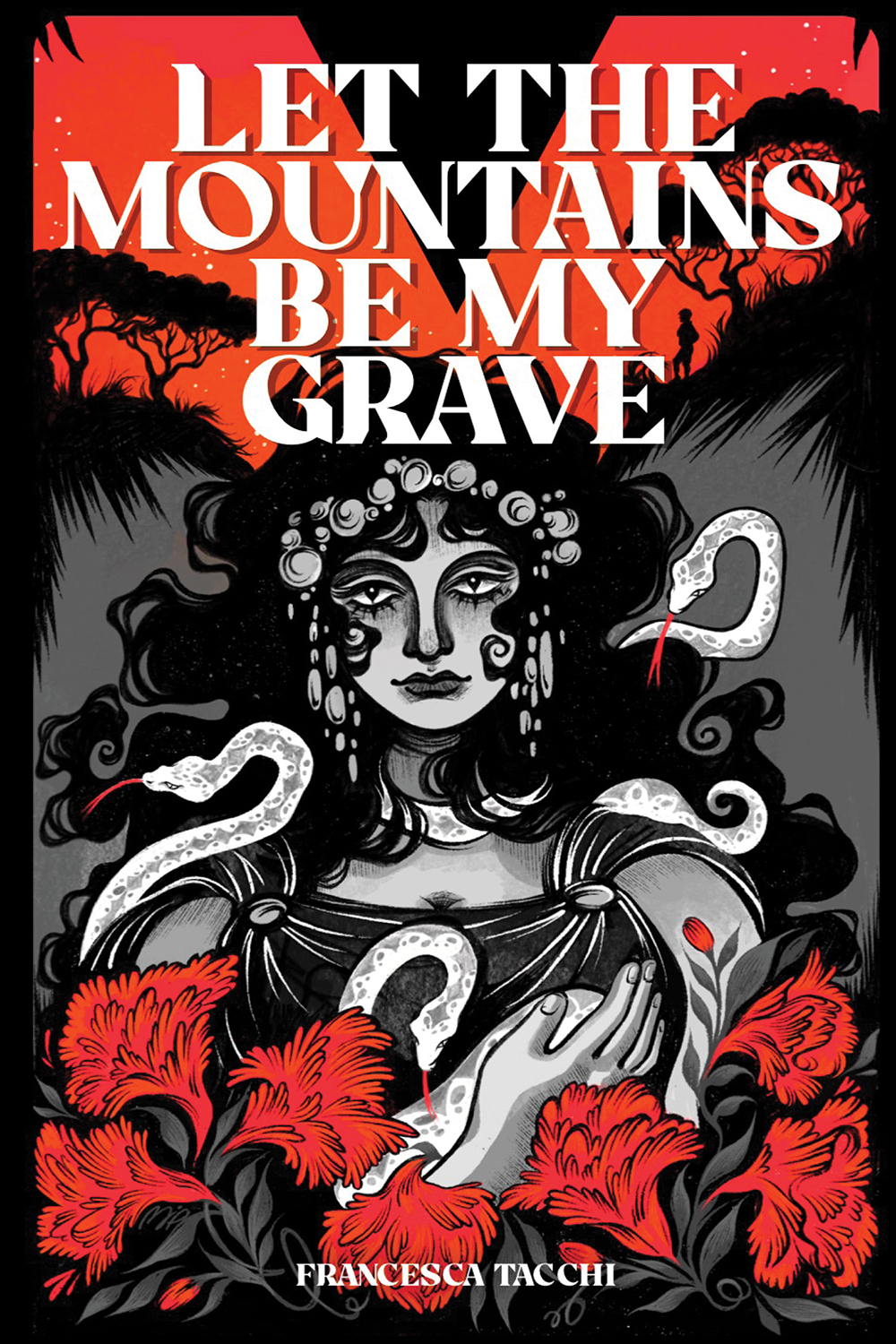While dieselpunk is commonly associated with a pulpy, noir-and-Jazz America, there remains a fascination in the subgenre for the crepuscular world of Interwar Europe.
It was a time of artistic ferment and architectural genius, of electricity and of the machine entwining themselves into the fabric of urban life, of cultural clashes and sexual politics, of ambitious administrators uttering proclamations and of humbled citizens trying to find a place in the brave new world.
It is this brief epoch, and the imaginative potential it nurtured, that finds a new home in the ethereal world of Les Cités Obscures.
Les Cités Obscures, marketed in English as Cities of the Fantastic, is a series of graphic novels created by the Belgian team of François Schuiten and Benoît Peeters.
Set on an unseen “Counter-Earth” connected to our own through certain landmarks, Les Cités Obscures imagines a great continent made up of countless city-states, each with a story that rhymes with the struggles of the last century.
In terms of technology, architecture and philosophy, the world of the Cités could be thought of as 1930s by way of Jules Verne, with great glider-like airships filling the skies, rounded beetle-like tanks prowling the dirt and government ministries situated within great brick domes.
It is a world that does not take reality as seriously as our own, with cryptozoology a thriving practice and with the flow of time shifting according to some unknowable will.
While all this holds true for The Invisible Frontier, the messy, unsatisfactory world we know echoes throughout the narrative.
The first part of the story begins innocuously enough, treading in territory familiar to readers of Schuiten and Peeters’ earlier works. The action centers around Roland de Cremer, the inauspicious young scion of a noble family, and his assignment to a minor position in the great Cartography Center in the state of Sodrovno-Voldachia.
The center itself has fallen on hard times. Its great dome sits in the middle of a wasteland of crumbling concrete and mountains of paper while the cartographers inside struggle with outdated facilities and a shortage of personnel.
Despite his chronic inexperience, De Cremer soon acclimatizes himself to the center, learning how to appreciate the subtle nature of mapmaking, of representing the fractal nature of physical space and human within the limits of a two-dimensional drawing.
However, Roland is not the sum of his responsibilities. He spends his nights with a mysterious call girl, Shkodra, bearer of a curious birthmark she forever hides from the world, and by day he maintains a awkward professional relationship with Ismail Djunov, a sharply dressed young man overseeing the introduction of automated map-drawing plotters into the center; a blood brother of the well-spoken modernizers that populate the realm of the Cités.
This comfortable situation is thrown into disarray, however, with the appearance of Marshal Radsic, leader of Sodrovno-Voldachia. At the close of the first book, he makes the surprising declaration that the Cartography Center will become one of the central sites for the birth of “Greater Sodrovny”, charged with recompiling the maps to show the new additions to the realm as well as becoming a new cultural center for the masses.
As the second book opens, the center has become a hive of activity, with Roland accreting promotions weekly and Djunov’s machines supplanting the traditional forms of mapmaking. As the tension rises, Shkodra becomes a bone of contention between the two men, with Roland believing her birthmark to hold some great secret about the historical border of Sodrovno-Voldachia that would unmake the marshal’s plans.
As Djunov circles closer to the pair, they abandon the center and flee to the ever-receding border.
At this point, the reader may be forgiven for assuming that the story concludes in the type of heroic liberation common to fiction of this plot structure. It is to the credit of writer Benoît Peeters that this resolution is avoided.
Indeed, Roland’s quest is subjected to a brutal deconstruction that ultimately raises hard questions about the relationship between the heroic quest and simple self-deception.
This self-deception is deftly allegorized in the art of François Schuiten. As can be seen in his earlier work in the Cités Obscures, he maintains a draftsman’s level of precision, depicting meticulously rendered buildings whose very detail allow us to forget the unreality of the whole.
In fact, much of the artwork in The Invisible Frontier verges into surrealism, with realistic characters wandering around wholly otherworldly machinery or suddenly switching from being dominated by great arches and vaulted ceilings to striding the countryside as a colossus as in a dream.
(In a setup familiar to readers of Schiuten and Peeters’ earlier work, Brüsel, a great space inside the center is taken up by a enormous scale model of Sodrovno-Voldachia, forever trodden by giants sticking miniature trees down or arguing about the placement of walls.)
Ultimately, despite the fantastic qualities, The Invisible Frontier is a story about our own world and our reactions to it. The story is steeped in symbolism to Europe’s eternal problems with borders and the nationalities they contain.
Aside from Roland, most of the cast has names of a Turkish and South Slavic background: a reference to the upheaval suffered by the Balkans throughout the twentieth century.
As the Cartography Center expands, Roland finds himself in continual disagreements with his subordinates, who simply slap the border on the cities in the world room under dubious instructions from Djunov’s machines.
As Roland and Shkodra travel to the outer reaches of Greater Sodrovny, the landscape shows the scars of nationalist strife, with ruined cities bisected by half-finished walls and fields paved with spent shell casings. The world bears the scars of its makers, though how long they will remain in the unknowable Cités Obscures is impossible to say.
Still, in the end, it is the mingling of reality and dreamlike fantasy that makes Schiuten and Peeters’ series so remarkable. It is this combination of modern issues and startling technology, of present and imagined past, that makes The Invisible Frontier a timeless work of European dieselpunk.
This story first appeared in Gatehouse Gazette 9 (November 2009), p. 10-11, with the headline “Romantic Illusions; Review The Invisible Frontier”.





